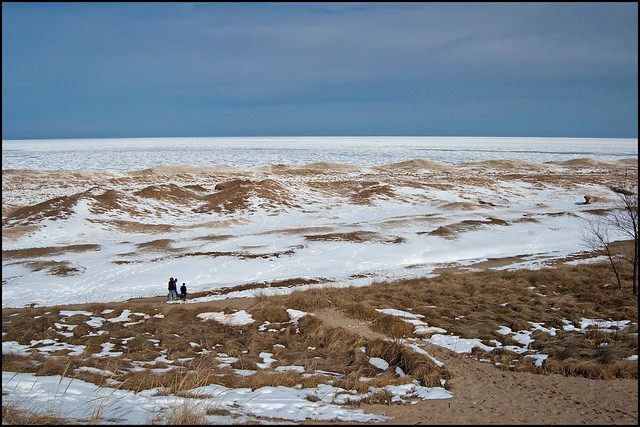
Our interest in the American Civil War brings us to plenty of historic places, and one of the lesser known favorites of ours is Munfordville, Kentucky. A city of 1,600 people, Munfordville is the county seat of Hart County.

A stop along the Louisville and Nashville Railroad, and the site of railroad bridge crossing the Green River, Munfordville was an important route for Union supplies heading south. Confederate General Bragg's army arrived in Munfordville on September 14th, 1862, and demanded surrender of the Union forces dug in at Fort Craig, a small fort about 1000 yards from the railroad bridge.

A battle ensued for control of the bridge over the Green River. Union forces were well positioned, but did not anticipate their exposure on the opposite bank of the Green River, and the Confederates took advantage.
Even though it was a small battle, the battle flag of the 67th Indiana Infantry had 146 bullet holes in it following the fighting. After three days of fighting, the casualties totaled 4,862 - Union 4,148; Confederate 714. On September 17th, Col. John Wilder surrendered to avoid unnecessary civilian casualties. This important transportation point was now under Confederate control, hampering the movement of Union supplies.

Trains still cross the Green River on the same bridge today, and the battlefield is an historic preserve open to the public. The site of Fort Craig can be seen next to the battlefield, now only the earthen mounds are present, as the wood from the fort was used as firewood after the war.
Adjacent to the fort is the Green River Church Cemetery, a small graveyard overlooking the rolling hills, Green River, and railroad bridge.

Just across the River in Munfordville proper, is the Green River Park and Arboretum. This quiet city park includes a small loop hiking trail, boat ramp, playground, canoe rental, and views of the Green River. It's also the site of the Big Buffalo Crossing, memorialized by a life size buffalo statue which children enjoy. It provides a green backdrop to a relaxing walk under the 31W bridge.

The trailhead for the 4.5 mile Jenny Wilson Byrd Memorial Trail is at the eastern end of the park.

This trail follows the bank of the Green River, and is the trail we'll explore next time we visit the area. Just a few feet from the trailhead is the old pump tower. Built in 1915, this tower elevated river water to town level, providing water for Munfordville. It stands today as a piece of local history.

Downtown Munfordville offers small town charm, including eating establishments, and shops along a strip of historic storefronts. Of particular interest is the old Coca Cola sign, painted on the side of a business. Most likely a repaint, but really makes you think of times gone by.




































